At AFX Holdings we offer top of the range products for gold mining applications. In this blog piece you will find out in which gold mine applications our products are used.
Applications where our products are used in the gold mining process include:
Crusher plants
Peristaltic pumps for transfer of crusher slime thickener underflow to milling circuit. Pumping spillage from spillage sumps.
Milling plants
Agitator for surge tank before thickening.
Thickener plant
Peristaltic pumps for thickener underflow transfer to cyanidation circuit via surge tank. Agitator for surge tank.
Cyanidation Plant for gold recovery
Agitators for gold leach reactors. Size of reactor can be up to 6000 m3.
Carbon in Pulp (CIP) /Resin in Pulp (RIP) Plants
Peristaltic pumps for carbon or resin transfer. Agitator duties include solids suspension and mixing to prevent carbon / resin abrasion and breakage.
Plant Residue
Surge tank before pumping to tailings dam. Agitator in surge tank.
Elution, electro-winning and gold recovery
Peristaltic pumps for carbon transfer.
CIP & CIL Processes
Adsorption is most commonly recognised as Carbon in Leach (CIL) or Carbon in Pulp (CIP), where the processes use activated carbon for the gold to leach onto.
CIL is a process of cyanidation as the carbon is added into the leach or reactor tanks. Leaching, as well as adsorption, will take place in the same leach tanks. CIL is the simultaneous process of leaching and adsorption. This process was specifically developed for the processing of gold ores containing “preg-robbing” materials i.e. organic carbon. These materials reduce the gold yield by attracting the gold meant for the activated carbon. The employment of leaching and adsorption assists in minimising this problem.
CIP differs from CIL in that the leaching process and the adsorption process take place in separate reactors or tanks.
During the CIP process, pulp flows through several agitated tanks. The addition of oxygen and sodium cyanide is done before the CIP circuit to dissolves the gold into a solution. This is commonly known as gold dissolution.
Activated carbon is present in the adsorption tanks, which the gold adsorbs onto. The activated carbon flows counter-currently to the pulp. Separation screens sort the barren pulp from the gold loaded carbon. Adsorption onto activated carbon is commonly categorised as recovery. Preceding recovery one would expect to encounter solution concentration, stripping or electro-winning.
AFROMIX (AFX) have a countless number of successful installations in Leach, CIL and CIP applications worldwide, using our F3 hydrofoil impeller system. Our agitators are robust in design and mechanically sound to withstand the harsh operating conditions some of these plants undergo.
CYANIDE DETOX
There are several processes available to destruct cyanide, with the most common process being the INCO method. This processing route includes the destruction of the cyanide in the presence of oxygen and sulphur dioxide.
The oxygen is provided through large volumes of air or pure oxygen with sulphur dioxide gas or a solid reagent sodium called metabisulphite. To achieve maximum oxygen utilisation during the treatment process, specialised impellers are developed to yield oxygen utilisation from the compressed air ranging from 20% to 40%. This depends on the percentage of solids in the slurry being treated. When pure oxygen gas is introduced, however, this number could be as high as 80%.
Give our team at AFX Holdings a call and we will find the best products for your gold mining processes.


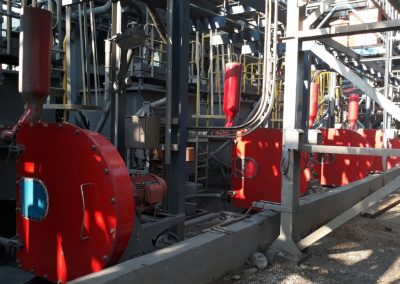
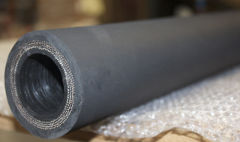 At the heart of every AFX peristaltic pump lies a heavy-duty peristaltic hose specially developed to work hand in hand with the pump roller technology installed in the AFX PUMP SERIES. We stock a comprehensive range of hose materials for each pump to be compatible with the unique chemical and abrasive characteristics of every application. A carefully designed and manufactured hose element is the single most vital component for the performance durability and efficiency of any peristaltic pump. To ensure a good pump you must have a good hose, and this is where AFX excels. Each hose we supply is built under stringent quality control measures, using high-quality, compounded rubbers, reinforced with four individual layers of braided nylon carefully set at optimum angles. Once cured, the outer diameter of each hose is precision machined to exacting tolerances ensuring a perfectly sized hose. An accurately sized hose ensures perfect compression, which eliminates internal slip (which reduces pump efficiency and allows for the abrasive slurries to prematurely destroy the hose).
At the heart of every AFX peristaltic pump lies a heavy-duty peristaltic hose specially developed to work hand in hand with the pump roller technology installed in the AFX PUMP SERIES. We stock a comprehensive range of hose materials for each pump to be compatible with the unique chemical and abrasive characteristics of every application. A carefully designed and manufactured hose element is the single most vital component for the performance durability and efficiency of any peristaltic pump. To ensure a good pump you must have a good hose, and this is where AFX excels. Each hose we supply is built under stringent quality control measures, using high-quality, compounded rubbers, reinforced with four individual layers of braided nylon carefully set at optimum angles. Once cured, the outer diameter of each hose is precision machined to exacting tolerances ensuring a perfectly sized hose. An accurately sized hose ensures perfect compression, which eliminates internal slip (which reduces pump efficiency and allows for the abrasive slurries to prematurely destroy the hose).
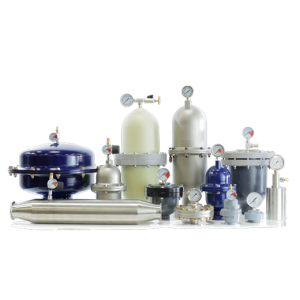 Peristaltic pumps are by nature inherently pulsing in operation. Excessive pressure spikes and pulsations within the pump system can be extremely damaging to the pump hose and the process system.
Peristaltic pumps are by nature inherently pulsing in operation. Excessive pressure spikes and pulsations within the pump system can be extremely damaging to the pump hose and the process system. The primary reason for hose failure is from cyclic fatigue (number of hose compressions). Pump hose failure is inevitable, but exactly when hose failure will occur is dependent upon many factors and may not always be at a convenient time when a technician is watching the pump.
The primary reason for hose failure is from cyclic fatigue (number of hose compressions). Pump hose failure is inevitable, but exactly when hose failure will occur is dependent upon many factors and may not always be at a convenient time when a technician is watching the pump.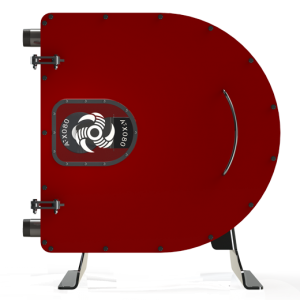 Our extensive range of peristaltic hose pumps includes one of the largest pumps of this type in the world. Our 150mm pump has a maximum flow rate of 147m³/hr and can deliver pressures up to 10 Bar. These units are ideal for thickener underflow applications.
Our extensive range of peristaltic hose pumps includes one of the largest pumps of this type in the world. Our 150mm pump has a maximum flow rate of 147m³/hr and can deliver pressures up to 10 Bar. These units are ideal for thickener underflow applications. OPERATING PRINCIPLE
OPERATING PRINCIPLE PUMP SELECTION
PUMP SELECTION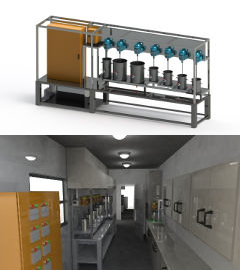 spreading from mining processes to chemical and agricultural testing laboratories as well as personal care and pharmaceutical laboratories, the need for this equipment is on the rise. Pilot plants and bench plants are small modular industrial systems, which are designed and implemented to generate information and understand particular behaviours during test or trial periods. This is usually done before building the large full-scale plant, which entails large capital outlays as well as major risks associated with the process. The use of the pilot or bench plants enables one to make a calculated and informed decision on whether or not to move forward with the full-scale operation. It equips the client with freedom to run tests accurately as well as change and modify procedures on the smaller scale.
spreading from mining processes to chemical and agricultural testing laboratories as well as personal care and pharmaceutical laboratories, the need for this equipment is on the rise. Pilot plants and bench plants are small modular industrial systems, which are designed and implemented to generate information and understand particular behaviours during test or trial periods. This is usually done before building the large full-scale plant, which entails large capital outlays as well as major risks associated with the process. The use of the pilot or bench plants enables one to make a calculated and informed decision on whether or not to move forward with the full-scale operation. It equips the client with freedom to run tests accurately as well as change and modify procedures on the smaller scale.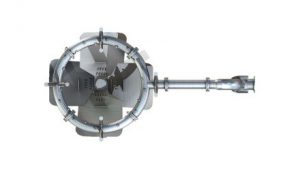
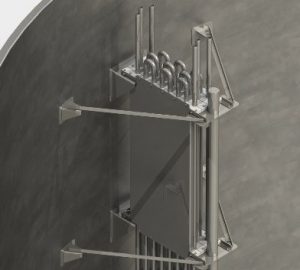 BAFFLES AND BAFFLE COILS
BAFFLES AND BAFFLE COILS Mounting bases and pedestals are critical in ensuring that the gearbox of the agitator is correctly aligned and mounted to the supporting beam structure. Our pedestals and bases are designed to significantly reduce the potential of twisting or flexing within the gearbox housing; which is often a common cause of some gearbox failures.
Mounting bases and pedestals are critical in ensuring that the gearbox of the agitator is correctly aligned and mounted to the supporting beam structure. Our pedestals and bases are designed to significantly reduce the potential of twisting or flexing within the gearbox housing; which is often a common cause of some gearbox failures. IMPELLER TYPE: F3
IMPELLER TYPE: F3 IMPELLER TYPE: FS4
IMPELLER TYPE: FS4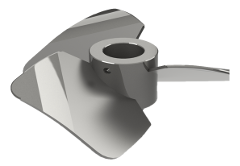 IMPELLER TYPE: P3
IMPELLER TYPE: P3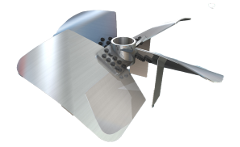 IMPELLER TYPE: P4
IMPELLER TYPE: P4 FOLDING IMPELLERS
FOLDING IMPELLERS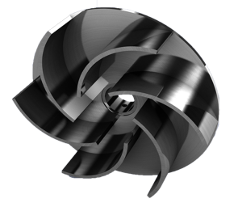 IMPELLER TYPE: R6
IMPELLER TYPE: R6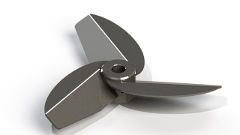 FCE3 CLEAN EDGE IMPELLER
FCE3 CLEAN EDGE IMPELLER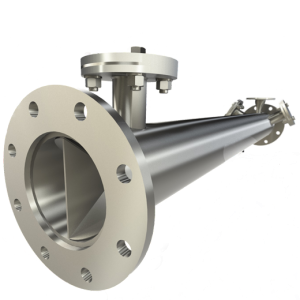
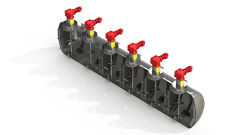 PRESSURE OXIDATION
PRESSURE OXIDATION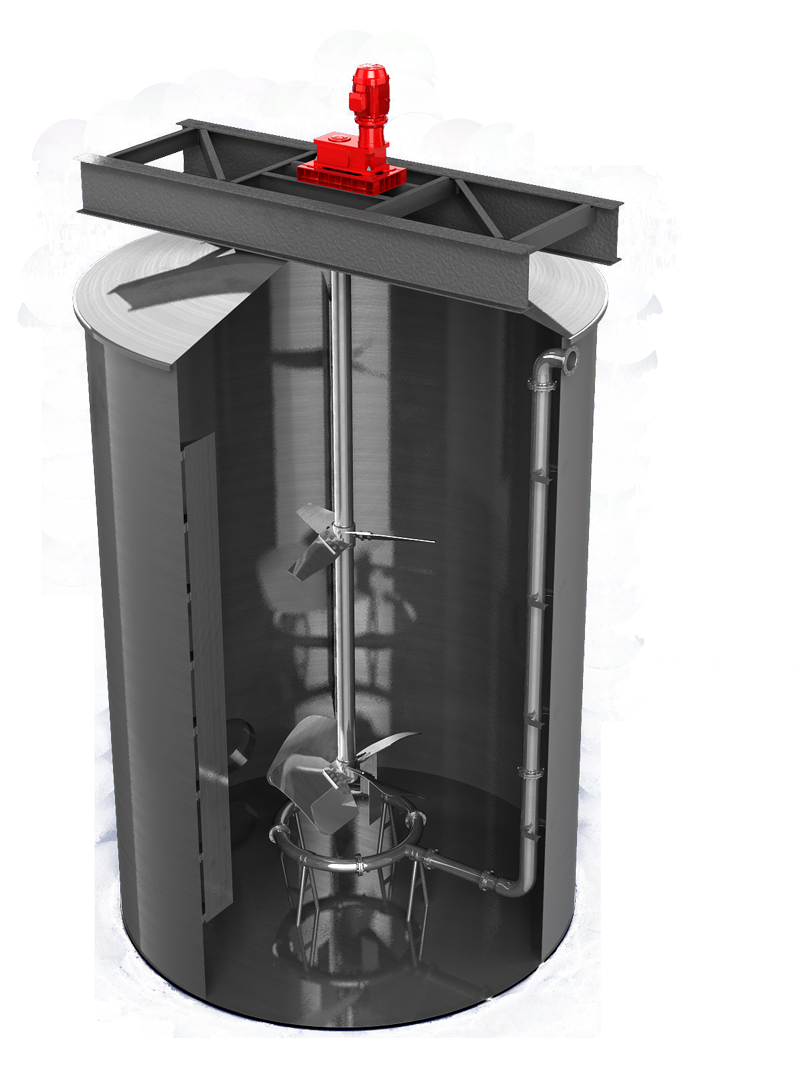 GAS DISPERSION
GAS DISPERSION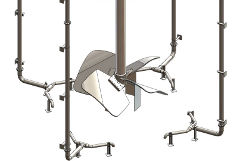 IRON REMOVAL
IRON REMOVAL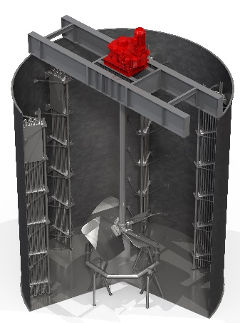 CYANIDE DETOX
CYANIDE DETOX PEDESTAL MOUNTED MIXERS
PEDESTAL MOUNTED MIXERS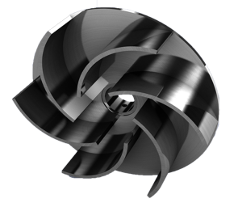 R6 PUMP IMPELLER
R6 PUMP IMPELLER
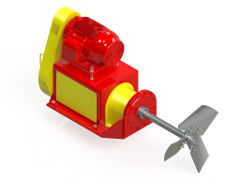 SIDE ENTRY AGITATORS
SIDE ENTRY AGITATORS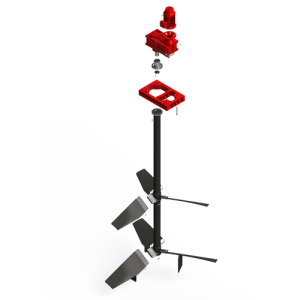 TOP ENTRY MIXERS
TOP ENTRY MIXERS
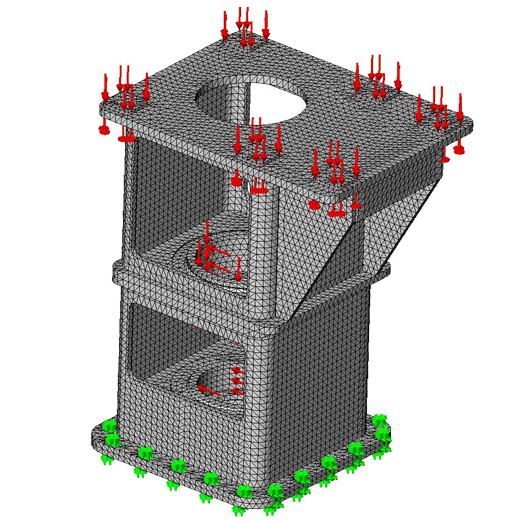
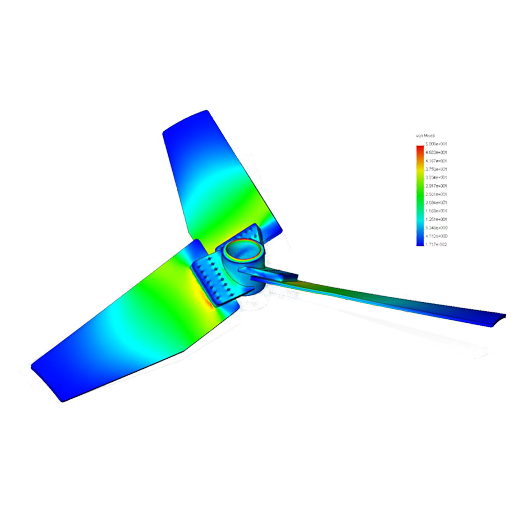

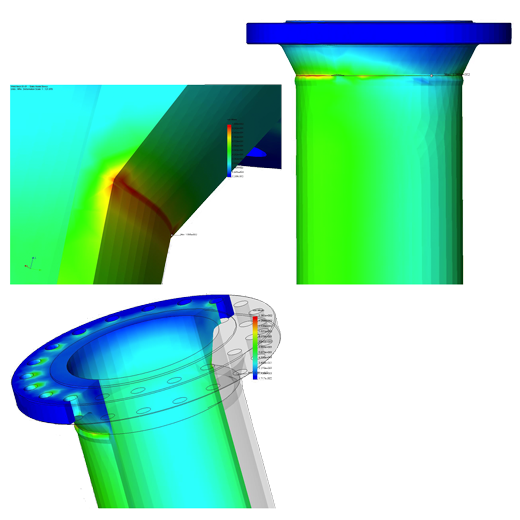


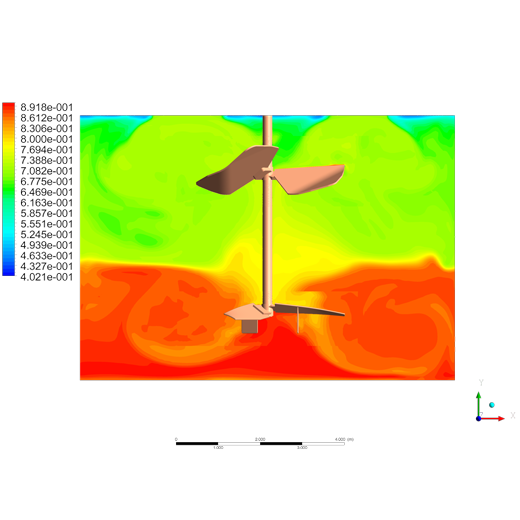






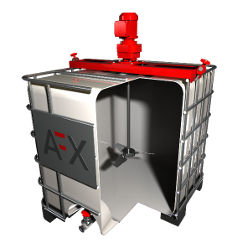
 SMALL TOP ENTRY AGITATORS
SMALL TOP ENTRY AGITATORS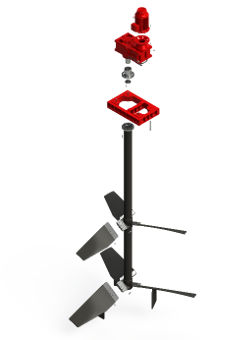
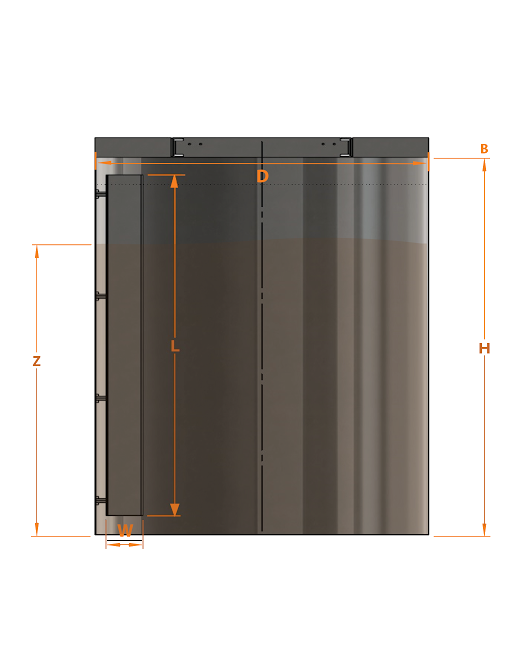

Recent Comments